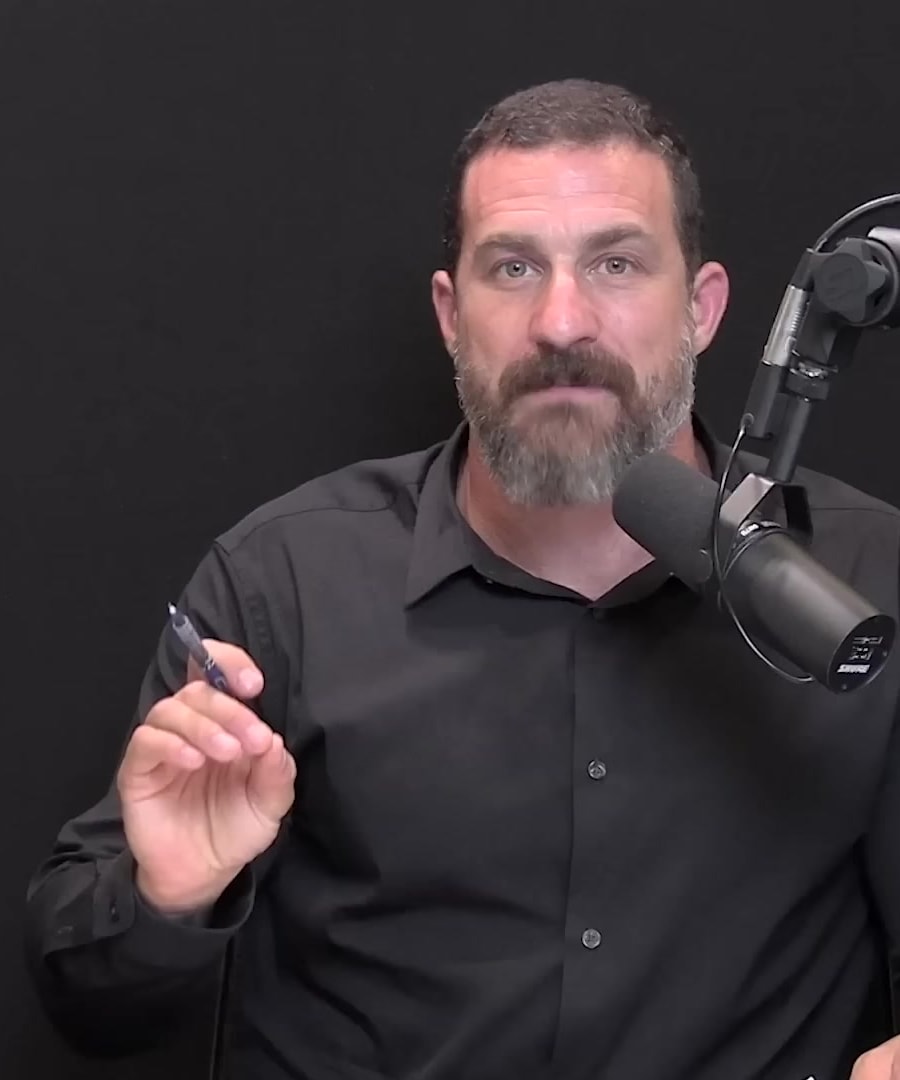List the most effective protocols for exercise recovery.
Sources:
Here are some of the most effective protocols for exercise recovery according to the :
-
Resistance Training Protocols: For increasing testosterone, six sets of 10 repetitions with compound movements and about two minutes rest in between sets are ideal. But ensure the sessions are under 60 minutes to prevent drops in testosterone and rises in cortisol levels 1.
-
Cold Exposure Benefits: Short durations (one to five minutes) of cold exposure after training can help reduce muscle soreness and improve training efficacy. Cold showers or ice baths taken immediately after or within a few hours of training are beneficial, especially after high-intensity training 2.
-
Compression and Massage: Using compression boots, garments, or physical hand massage can alleviate acute soreness by moving fluid in and out of the tissue and enhancing blood flow 3.
-
Adjusting Training Intensity: Modifying repetition ranges and intensity can affect recovery time. Adjusting the training style, like doing speed and power work that requires less recovery, can be considered 4.
-
Deliberately Slowed Breathing: Three to five minutes of deliberately slowed breathing at the end of every training session can downshift the nervous system and promote maximal recovery 5.
-
Balancing Recovery and Training: Understanding the relationship between different training styles and the associated recovery time needed is crucial for effective training and recovery optimization.
It's important to note that the effectiveness of these protocols can vary depending on the individual's goals and context, and considering short-term recovery versus long-term adaptation is always key.
RELATED QUESTIONS-
List the most effective protocols for exercise recovery.
- RELATED QUESTIONS




